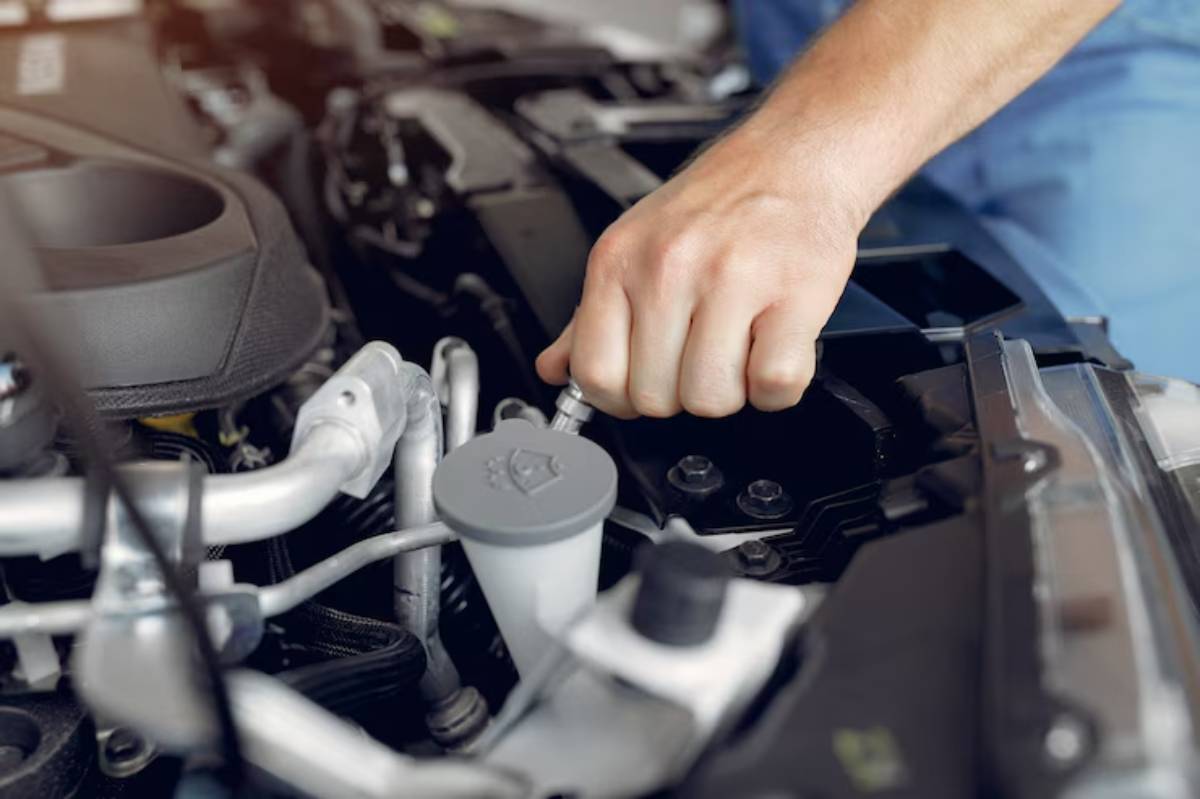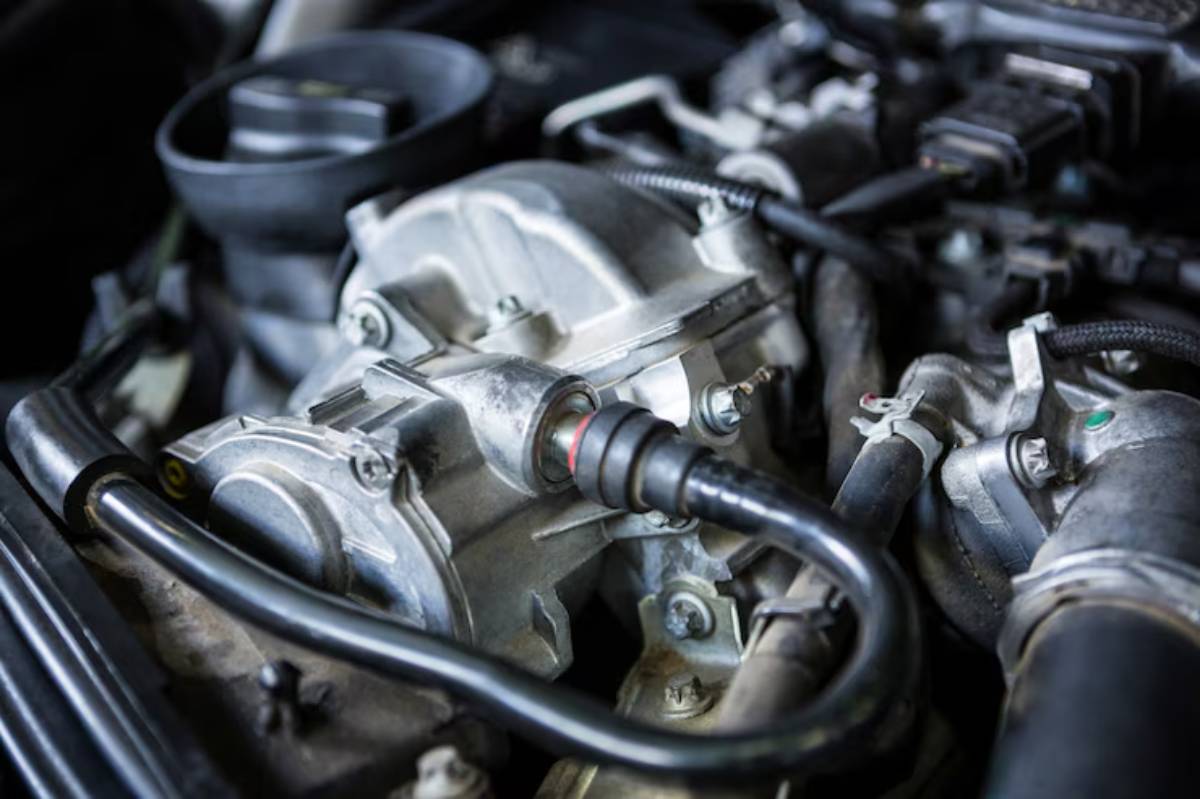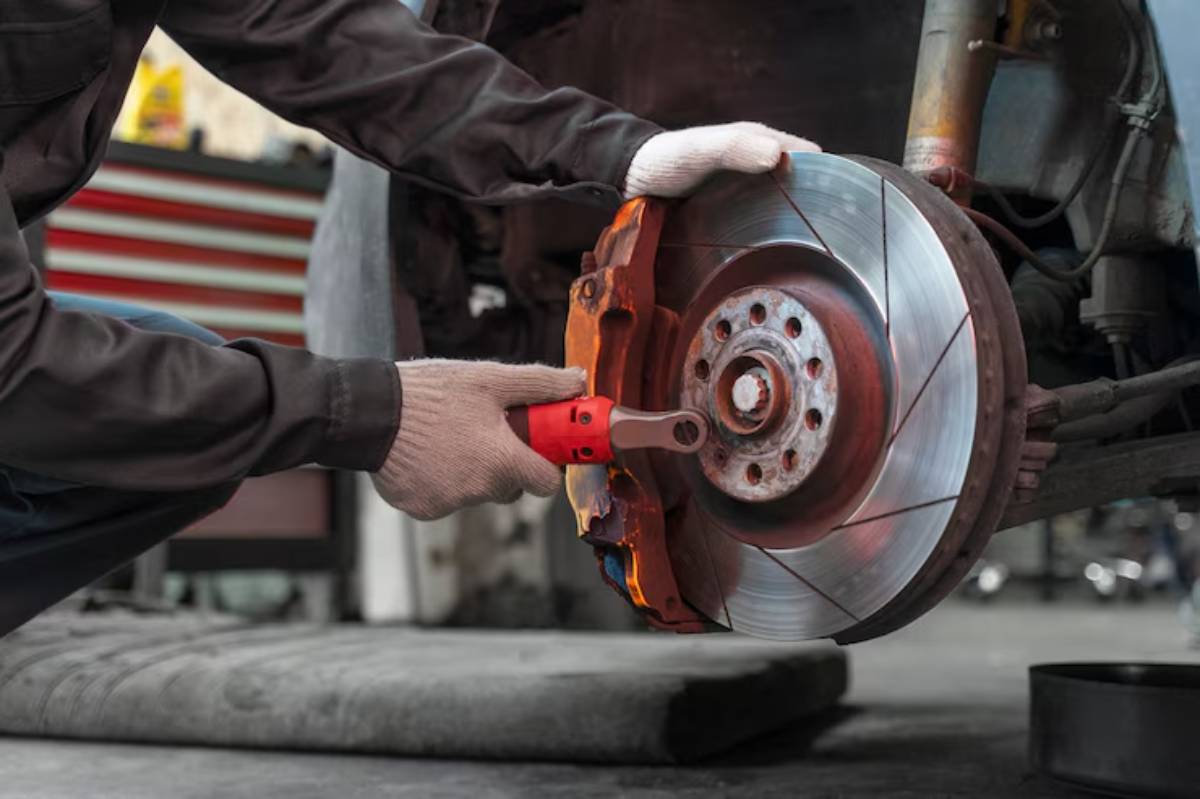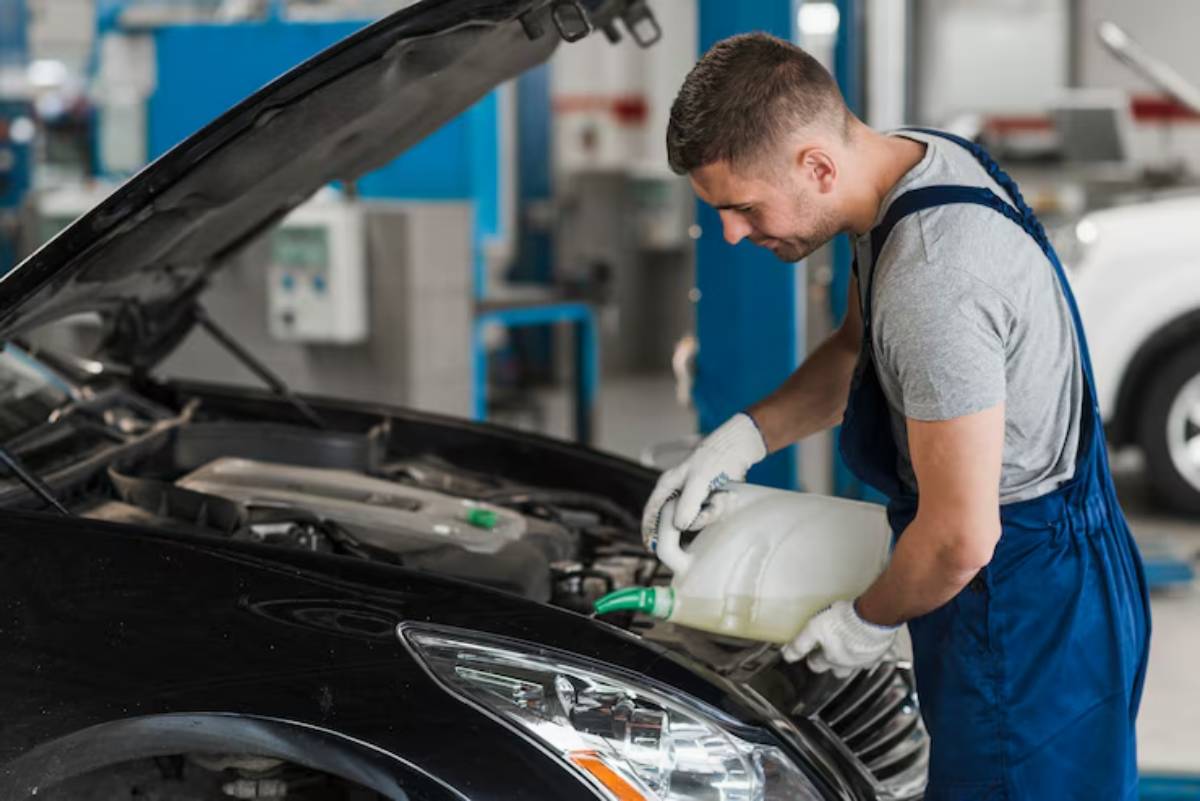
How Hybrid Cooling Systems Work: The Unsung Hero of Hybrid Performance
When we talk about hybrid vehicles, we often focus on their fuel efficiency, quiet electric drive, and advanced technology. But behind the scenes, there’s one crucial system that keeps everything functioning smoothly—the cooling system.
Unlike traditional petrol-only cars, hybrids have not one but often two major components generating heat: the combustion engine and the electric motor/battery pack. This makes cooling far more complex — and far more important.
In this guide, we’ll get hybrid cooling explained in plain English. You’ll learn how it differs from conventional systems, what a hybrid car radiator actually does, and how thermal management in hybrid vehicles is key to performance, longevity, and safety. Whether you’re curious about your Prius or planning to buy your first hybrid, this blog has you covered.
Understanding the Basics of Hybrid Cooling
Why Cooling Matters More in Hybrids
Hybrids combine an internal combustion engine (ICE) with one or more electric motors and a battery pack. Each of these generates heat, sometimes at different times and intensities.
Core cooling needs:
- Engine (just like a petrol car)
- Inverter (converts battery power for the motor)
- Electric motor
- High-voltage battery
That’s a lot of thermal load to manage, especially in stop-start traffic or under heavy acceleration. Left unchecked, excess heat can lead to:
- Reduced performance
- Shortened battery and component life
- Safety hazards like thermal runaway
So, how does a hybrid manage it all?
How Hybrid Car Radiators Differ

At first glance, a hybrid radiator might look just like any other. But under the bonnet, it’s part of a more advanced and layered thermal system.
Standard Radiator Tasks (for the engine):
- Circulates coolant through the engine block
- Transfers heat to the radiator fins
- Uses fans to cool down the fluid before recirculation
Additional Components in Hybrids:
- Inverter cooling loop: Keeps power electronics from overheating
- Battery cooling system: Often air-cooled (with fans), liquid-cooled in advanced hybrids
- Auxiliary electric pump: Ensures coolant flow even when the engine is off
- Multiple thermostats: Precisely manage different component temps
So, your hybrid’s radiator might be working double duty — one circuit for the engine and another for the inverter or battery.
Thermal Management in Hybrid Vehicles: A Multi-System Strategy
The concept of thermal management refers to how a car monitors and regulates temperature across different components.
Let’s break it down into subsystems.
1. Engine Cooling System
Very similar to traditional cars:
- Uses coolant (typically a mix of water and antifreeze)
- A pump circulates coolant through the engine and radiator
- The thermostat regulates flow based on temperature
However, since hybrid engines often run in short bursts (especially in city driving), they cool down and heat up more frequently, requiring smart control strategies to avoid “thermal cycling” damage.
2. Inverter and Motor Cooling
The inverter and motor are the brains and brawn of your hybrid’s electric drive. They generate a lot of heat when under load.
Key features:
- Often have a dedicated cooling loop
- Use a separate pump and radiator (smaller than the engine’s)
- Some systems share coolant with the engine, others are isolated
Maintaining optimal temperature here is crucial — too much heat can lead to power loss or electronic failure.
3. Battery Cooling System
The high-voltage battery is one of the most sensitive parts of a hybrid car. It performs best within a narrow temperature range.
Cooling methods:
- Air-cooled systems (e.g., older Prius models): Use cabin or external air to blow over battery packs
- Liquid-cooled systems (e.g., plug-in hybrids and modern EVs): Offer better temperature control
Sensors constantly monitor battery temperature. If it gets too high, fans or pumps kick in. Some systems even precondition the battery using AC or coolant loops.
Hybrid Cooling Explained in Real-Life Scenarios
Let’s say you’re driving up a steep hill on a summer day. Your hybrid may:
- Start the engine to provide extra torque
- Rely heavily on the motor and the inverter
- Generate excess heat across all systems
Your car’s cooling systems coordinate behind the scenes:
- Engine cooling kicks in, keeping the combustion system stable
- The inverter cooling loop runs independently
- Battery fans (or liquid system) activate as needed
It’s a symphony of sensors, fans, pumps, and coolants that ensure your hybrid never misses a beat.
Signs of Cooling System Trouble in Hybrids
Because hybrid cooling involves multiple subsystems, a fault might not always show up as an obvious temperature gauge spike. Look out for:
Warning signs:

- “Check Hybrid System” message
- Engine overheating warning
- Inverter fan noise is running constantly
- Reduced electric-only range
- Air conditioning cuts out or fluctuates unexpectedly
- Coolant puddles under your car
Left unaddressed, cooling issues can quickly damage key components and lead to expensive repairs.
Here are two interlinking placements you can insert directly into the article:
Left unaddressed, cooling issues can quickly damage key components and lead to expensive repairs. They’re also often tied to broader vehicle issues — for a breakdown of the most frequent ones, read our article on common transmission issues in hybrid vehicles.
How to Maintain Your Hybrid Cooling System
Keeping your cooling system in good shape isn’t just for mechanics. Here’s what you can do:
1. Regular Coolant Checks
- Top up with the correct hybrid-specific coolant
- Replace every 5 years or 80,000–160,000 km, depending on the system
- Don’t mix types (e.g., red vs. pink vs. blue) — check your manual
2. Clean Air Intakes and Fans
- Battery cooling systems often use cabin air — ensure vents are clean
- Check for dust, pet hair, or luggage blocking rear seat air inlets
3. Software Updates
- Many cooling functions are managed by your car’s computer
- Dealer updates may improve performance or fix cooling bugs
4. Professional Inspections
- Ask for a cooling system pressure test during major services
- Replace radiator caps, hoses, or thermostats as recommended
Staying proactive is the best form of hybrid thermal management.
Hybrid Cooling Myths Debunked
Let’s clear up a few common misconceptions.
Myth 1: “Hybrids don’t get as hot as petrol cars”
False. Hybrids can run hotter in short bursts, especially when switching between electric and engine modes frequently.
Myth 2: “You can use any coolant.”
Nope. Using the wrong coolant can damage seals or cause chemical reactions — always use manufacturer-approved fluids.
Myth 3: “Battery cooling doesn’t matter unless you’re racing.”
Battery cooling is vital even in daily commutes. Poor airflow or hot weather can significantly reduce battery efficiency and lifespan.
What Happens if the Hybrid Cooling System Fails?
A total failure is rare but serious. Depending on where the failure occurs, you might see:
Immediate symptoms:
- Power reduction or “limp mode”
- Sudden shutdown of the electric motor
- Engine stalling or overheating
Potential consequences:
- Blown inverter
- Battery damage
- Warped cylinder head or blown head gasket (engine side)
Cooling failures can be catastrophic — that’s why modern hybrids build in multiple layers of protection and alerts.
Conclusion: Don’t Overlook the Cool Factor
In a hybrid car, the cooling system does far more than just manage engine temperature. It’s a multi-part guardian that ensures your engine, motor, inverter, and battery stay within safe operating limits—no matter how complex the journey gets.
By understanding how hybrid car radiators and thermal management systems work, you’re better equipped to care for your vehicle. With the right maintenance, your hybrid will deliver efficient, smooth, and safe performance for years to come.
So, what’s your next step?
- Check your coolant level and condition
- Clean the battery air inlet vents
- Schedule a cooling system check during your next hybrid service
And if you’re exploring deeper hybrid upkeep, don’t miss our companion guide on How to Extend the Life of a Hybrid Transmission — the perfect follow-up to this one.


